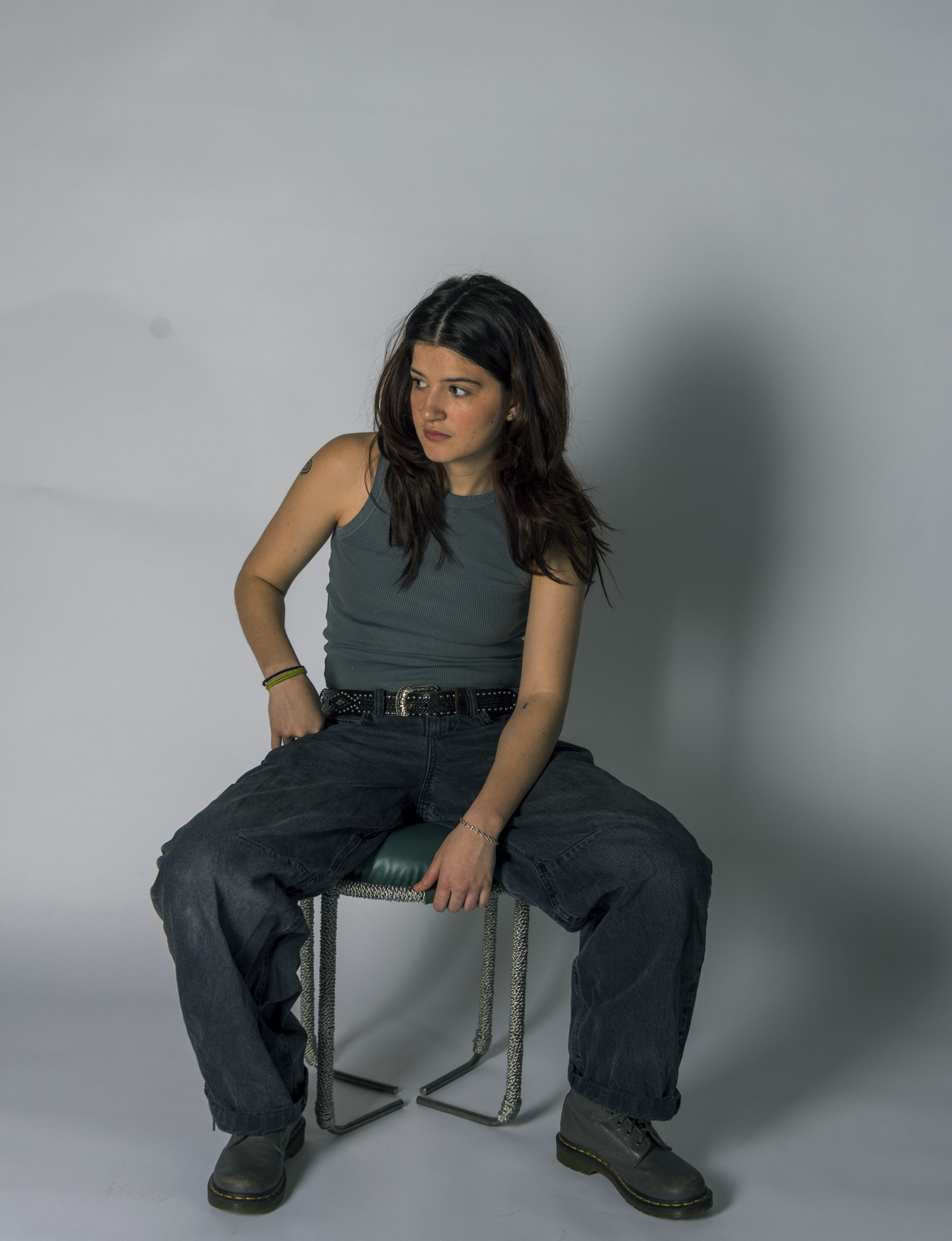We caught up with the brilliant and insightful Victoria Rico a few weeks ago and have shared our conversation below.
Victoria , thanks for taking the time to share your stories with us today Let’s start with a story that highlights an important way in which your brand diverges from the industry standard.
There is a type of jewelry in the industry, gold chains, that is associated with a music genre, rap. With my project, i decided to create a new style of jewelry through playing with scale, materiality and form in order to associate certain design and aesthetics to the contemporary jazz music genre, more specifically the song symptom of life by Willow. Through my project, which aimed to translate and capture dancing onto jewelry design, I hope to jump into a market that hasn’t been explored beyond the rap music genre.
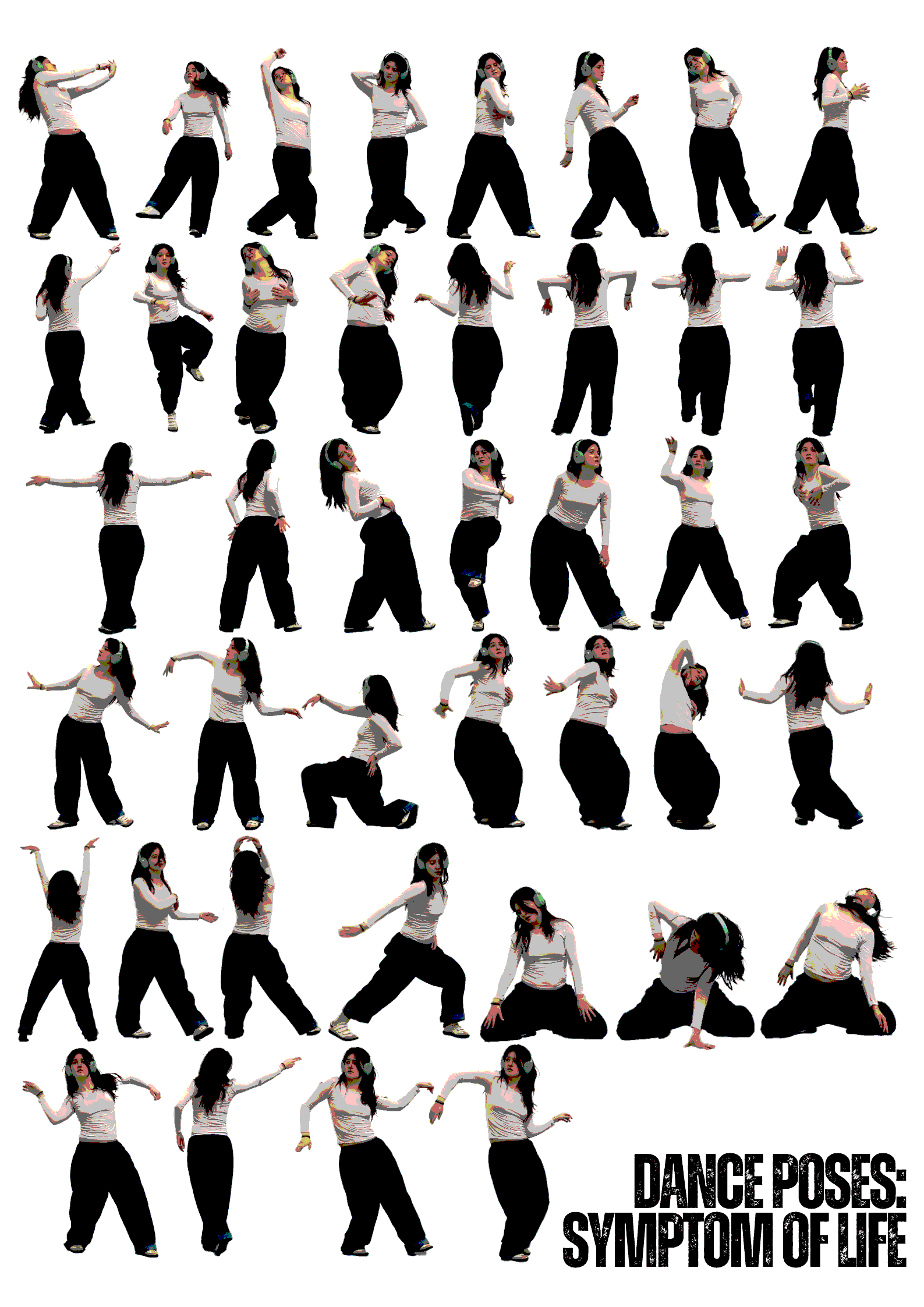
Victoria , before we move on to more of these sorts of questions, can you take some time to bring our readers up to speed on you and what you do?
Hello! My name is Victoria Rico and I am an aspiring jewelry designer and fabricator.
I graduated from Parsons with a Product Design Degree and for my thesis project I wanted to find a way to visualize music and movement and translate that imagery onto to jewelry. From the beginning of my senior year, I knew I wanted to make jewelry for my last project but I failed to come up with a concept that went beyond aesthetics. It wasn’t until I heard the song Symptom of Life by Willow that I realized how passively passionate I was about music and so the idea of visualizing music in order to create jewelry was born.
Yet I ran into a slight problem. I have aphantasia, which is defined as the “inability to form mental images of real or imaginary people, places, or things” by the Merriam Webster dictionary.
So the question regarding the project changed from “How can I see music” to “How can I feel music”. After researching the performance art of Anastasia Faiella, the sketches of Wassily Kandinsky (“Dance Curves: On the Dances of Palucca” (1926), and the paintings of Trisha Brown Compass, 2006), I came up with three different ways of tracing how my body moved to the song on paper.
The first method was to listen to the song with a pen in my hand, closing my eyes, and dragging it along a large piece of paper that was pinned to the wall. I called it hand dancing. I was dancing with my whole body, but most of my attention and movement was on my wrist. The second method was to shoot a video of my dancing to the song, taking screenshots of when my body was in interesting positions and tracing odd and abstract shapes over the poses. And last but my least, the third method was to dance on a large piece of paper with paint on my feet. Again, I was dancing with my whole body, but I was the most focused on following the beat with my feet more than anything.
Very personal, odd, one of kind symbols and sketches came out of these experiments.
I then created models, mainly for scale and determining my order of operations when metal working. Three-D models work better that sketches for me, I like it see my ideas become alive since I can’t visualize them in my head before hand. Then I moved on my to fabricating. I learned many new techniques, such as laser soldering and gem setting through the process of making these six pieces in about two months. It was some very enjoyable difficult work.
And from that I created six pieces of jewelry, called the S.O.L. Jewelry Collection, that aimed to do many things. I wanted my pieces to look a performance themselves. I extended the jewelry in ways it usually isn’t and I made it sit on the body in ways it usually doesn’t and I tried my very hardest to capture movement in a stagnant wearable. They are a representation of how my body interprets the song Symptom of Life by Willow.
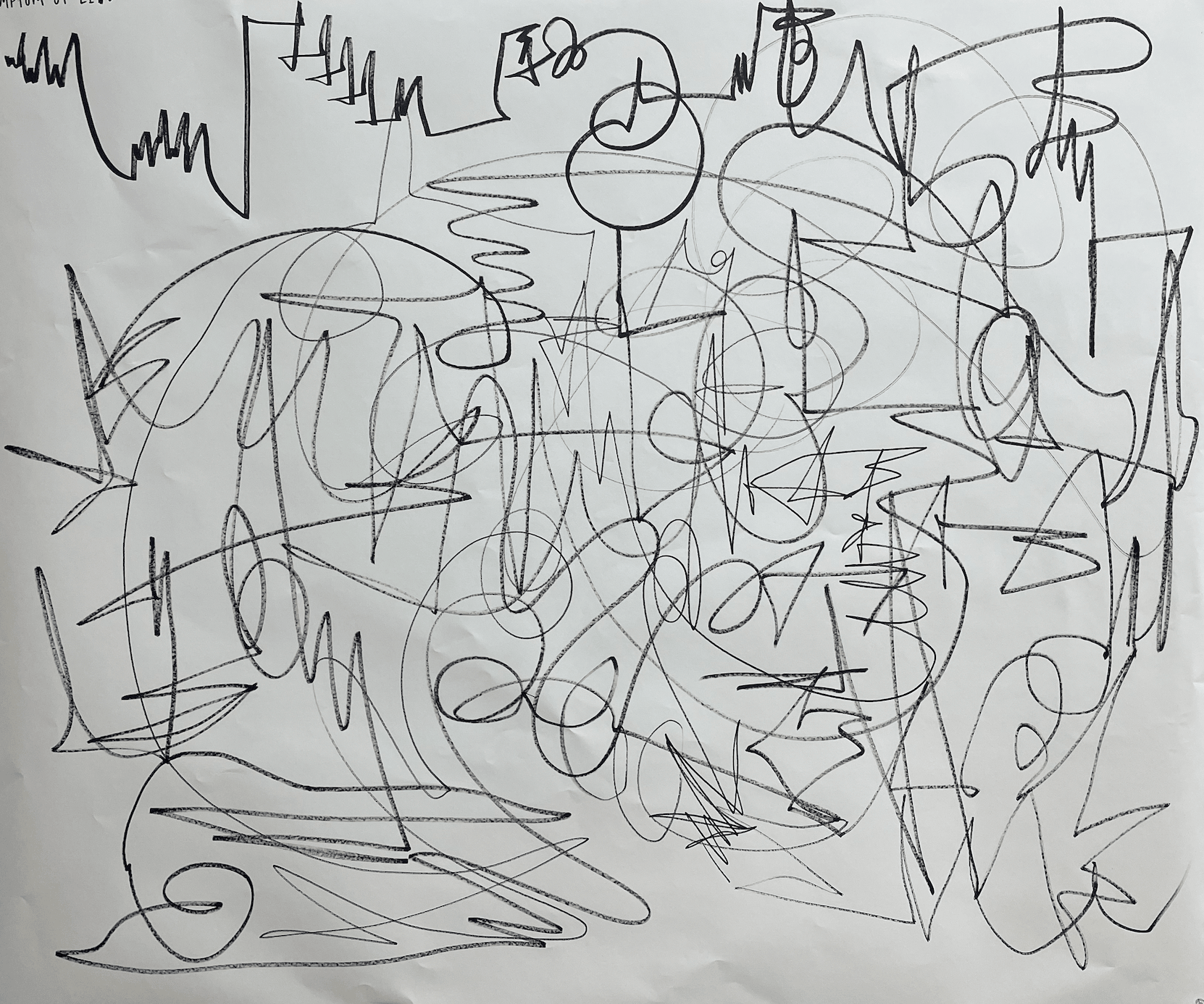
What do you find most rewarding about being a creative?
The most rewarding aspect of being an artist is the connection I feel with my creations. It has allowed me to be kinder to myself when I things don’t go as planned and the end product isn’t outstanding. I still made that. I made it come to life. I greatly value anything born from my hands. Even if it is ugly, even if it is unfinished, even if it didn’t work, it is mine. It helps me appreciate the process of it all. It helps me understand that not everything I make will be or has to be perfect. Sometimes it’s just about how I made it, what I learned, where I can improve, among other things.
I think making objects and tools has given me a profound appreciation for myself. Every single mistake or ugly design I have made is a representation of me trying! An attempt at giving it my best. An assurance that next one will be better! A demonstration that imperfection is more than ok! A representation of me.
Loving every single one of my creations, no matter the outcome or flaws has helped me understand that I can love the person I am, no matter the outcome and flaws as well.
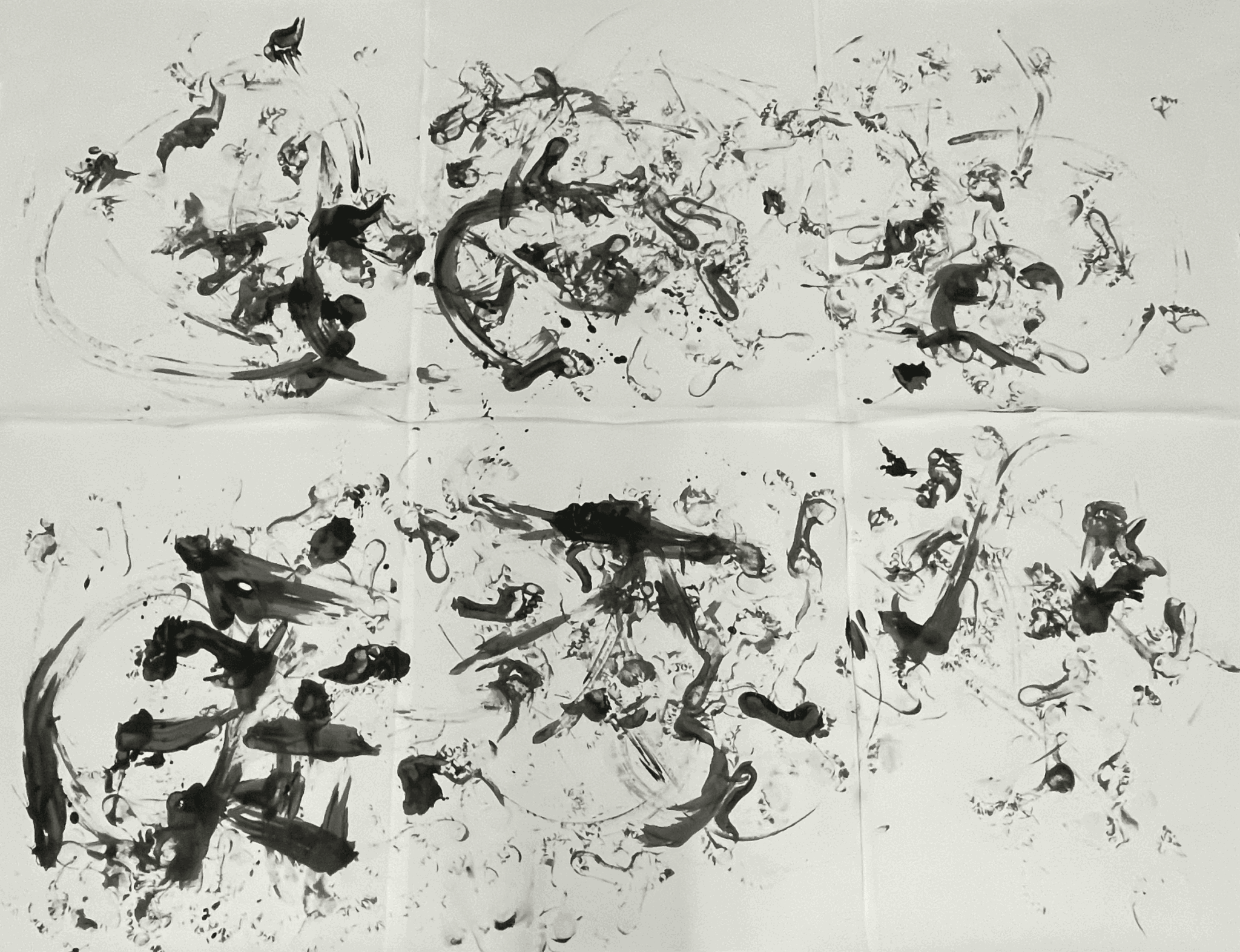
Is there a particular goal or mission driving your creative journey?
Yes, I wish to make a living doing what I love, creating things with my hands, yet I wish it never reaches a mass production level. I want to make bespoke, one of kind pieces and have a select few people buy them. I wish to be able to live a comfortable life off of that. The dream wound be to make crazy, odd, conceptual jewelry pieces for famous people to wear to events, that way I could push my creativity as much as I can. I want to make uncomfortable jewelry, scary jewelry, impressive jewelry. Making every day wearable jewelry wouldn’t be bad, but I think I have the most fun when I challenge myself to do something out of the norm. My goal is to create a life for myself where I can just be a creative and be valued for it in a way that allows me to live a good life.
Contact Info:
- Instagram: ricodesignn

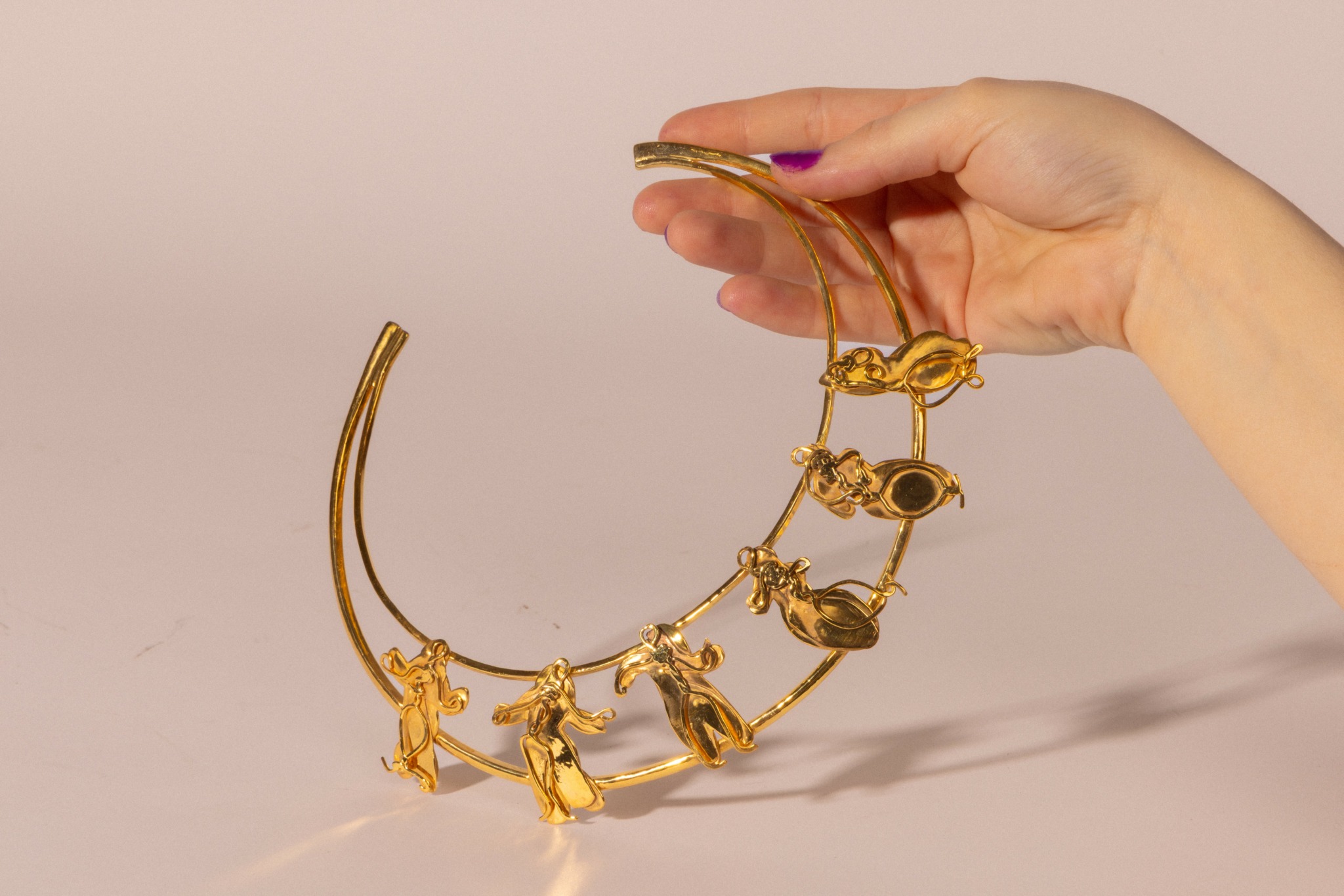

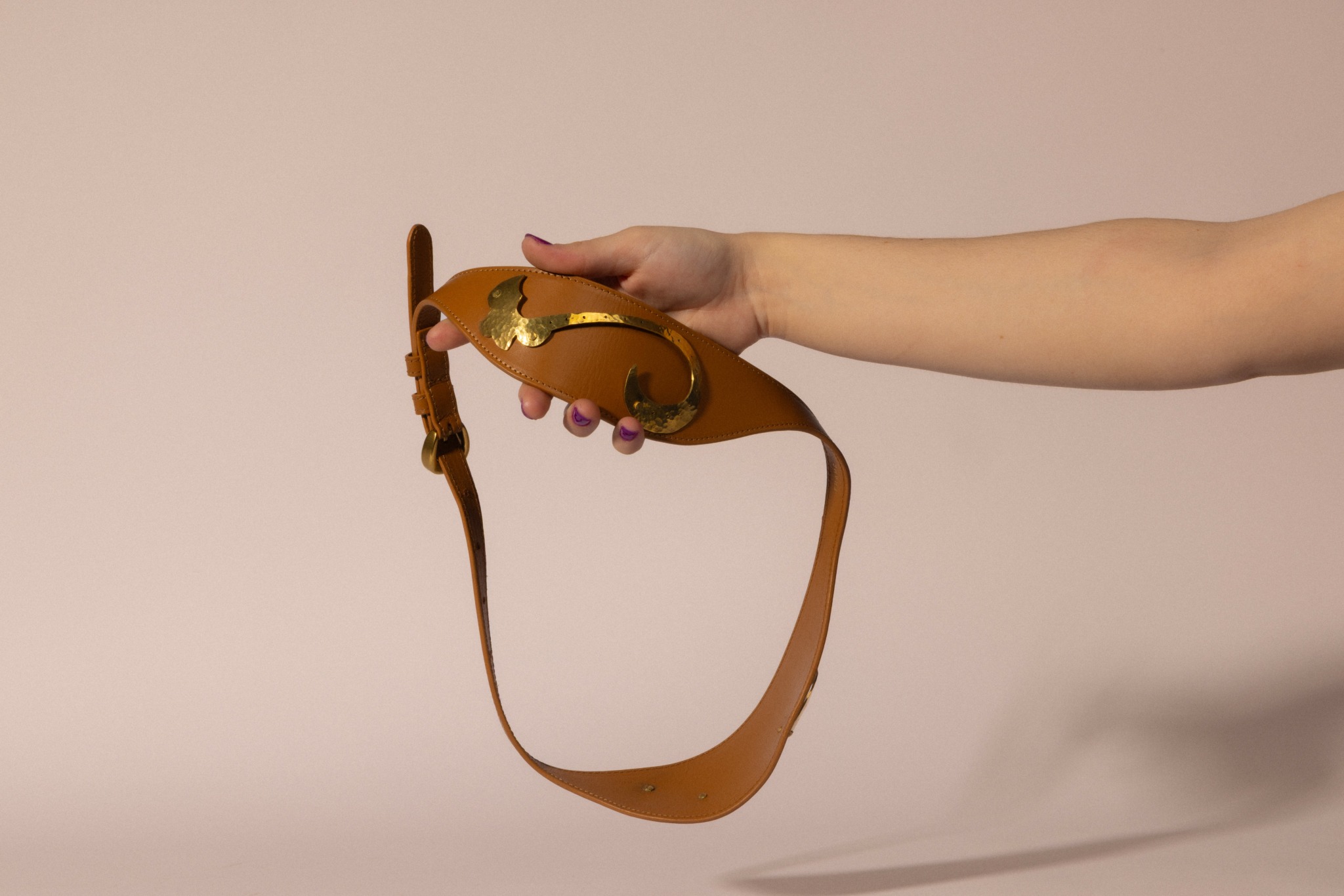
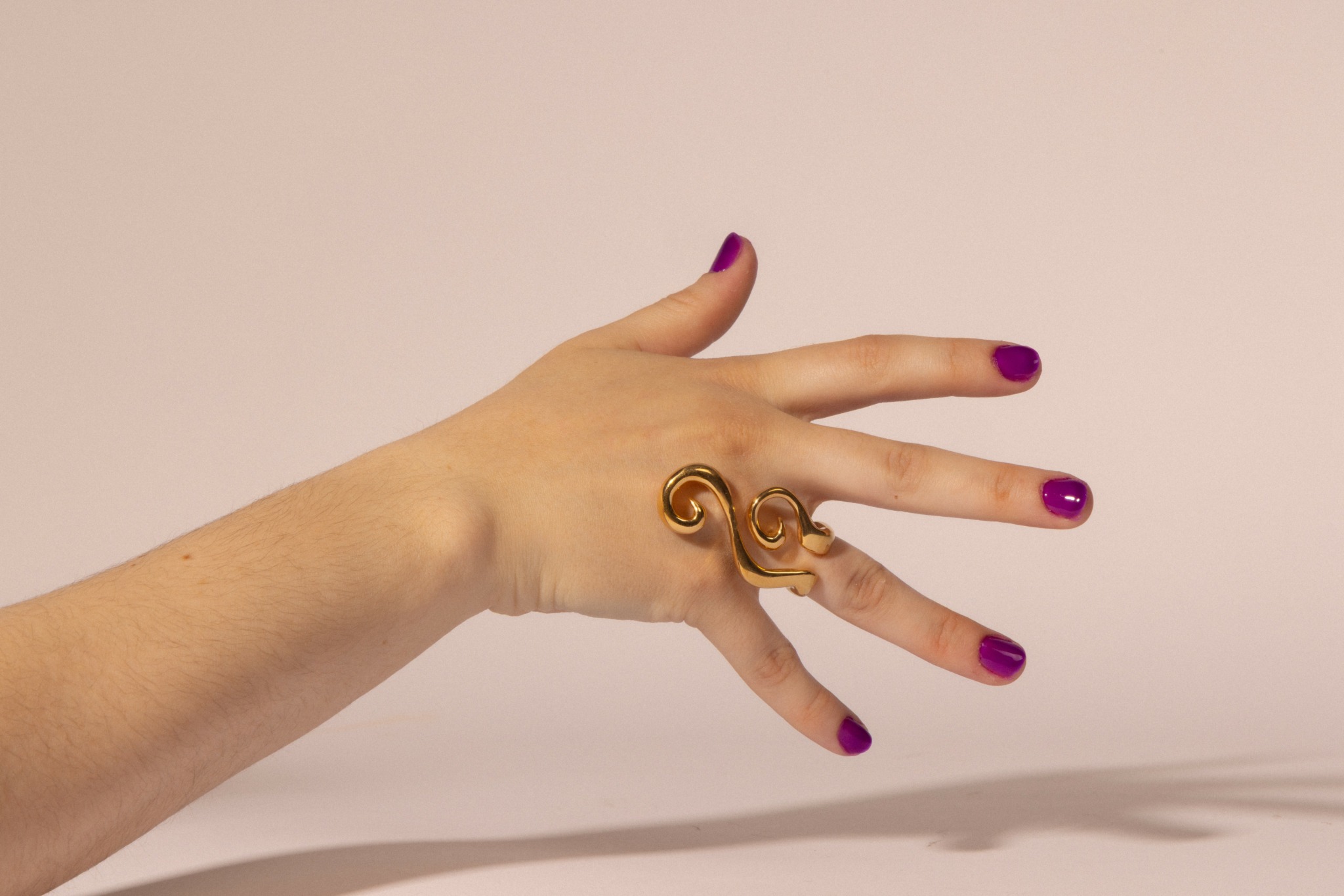
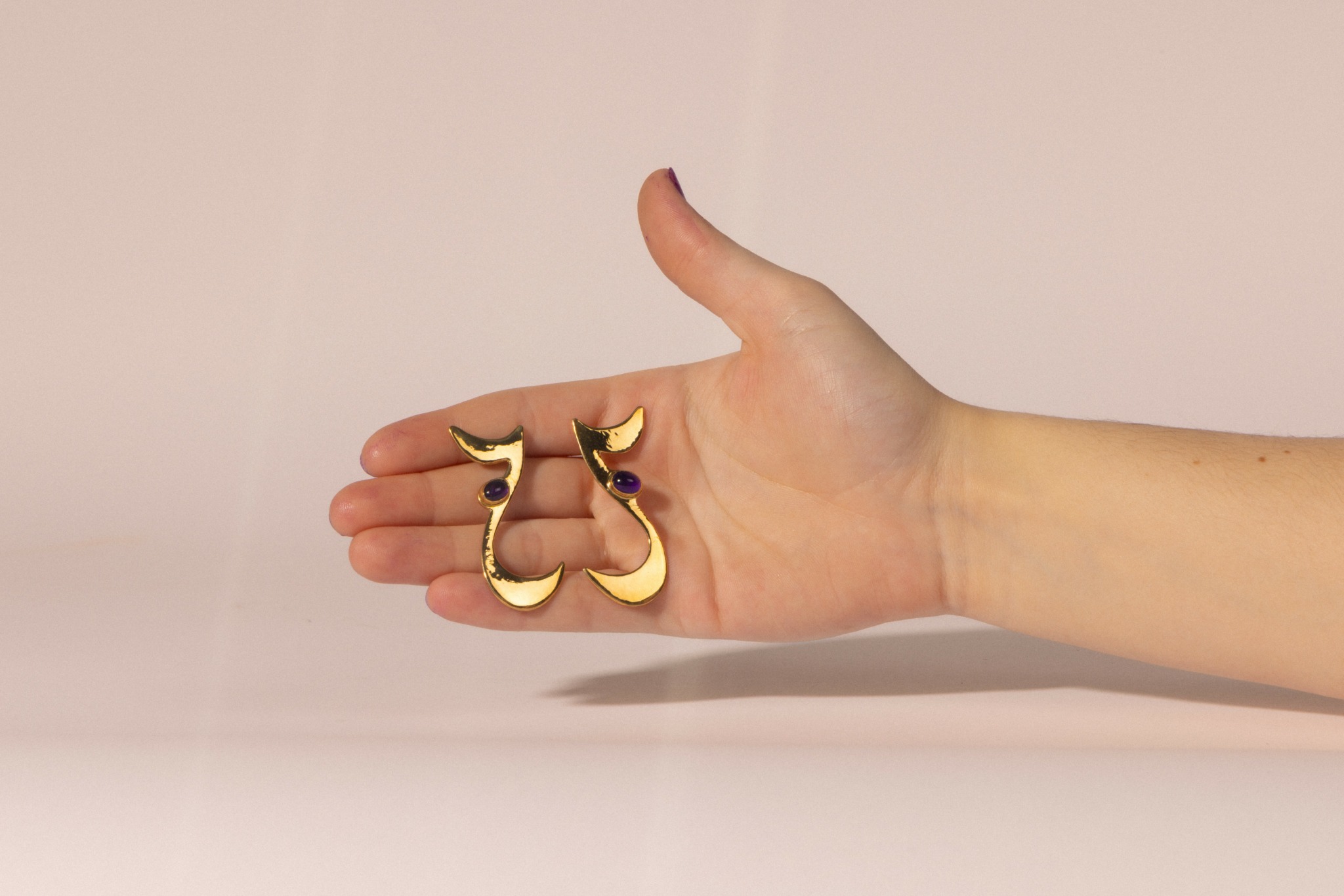
Image Credits
Photo of the models was taken by Stefano Pagani and the product photos of the jewelry were done by Aidan Alves Pingani


